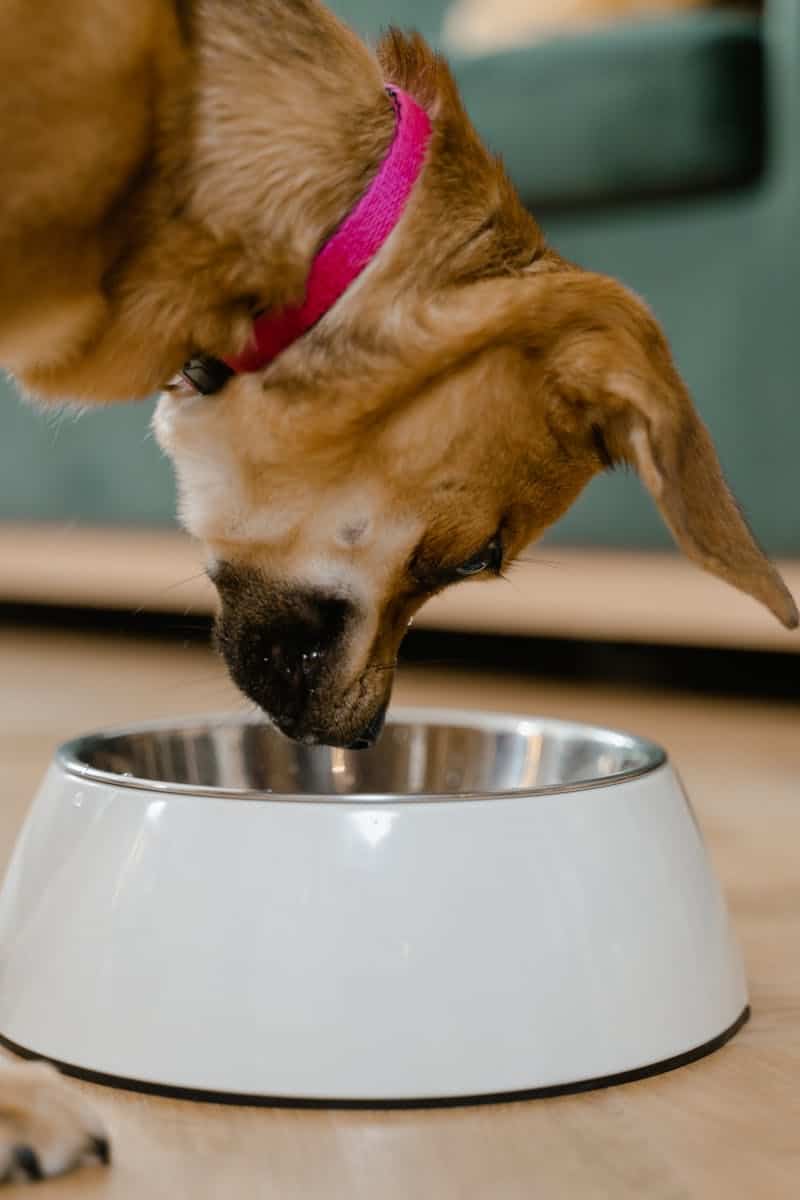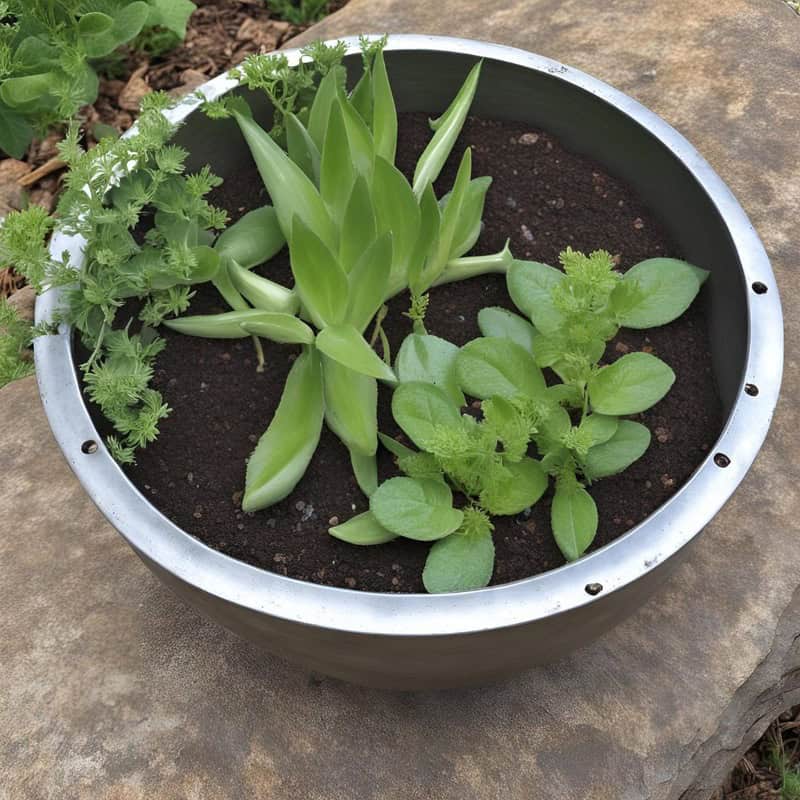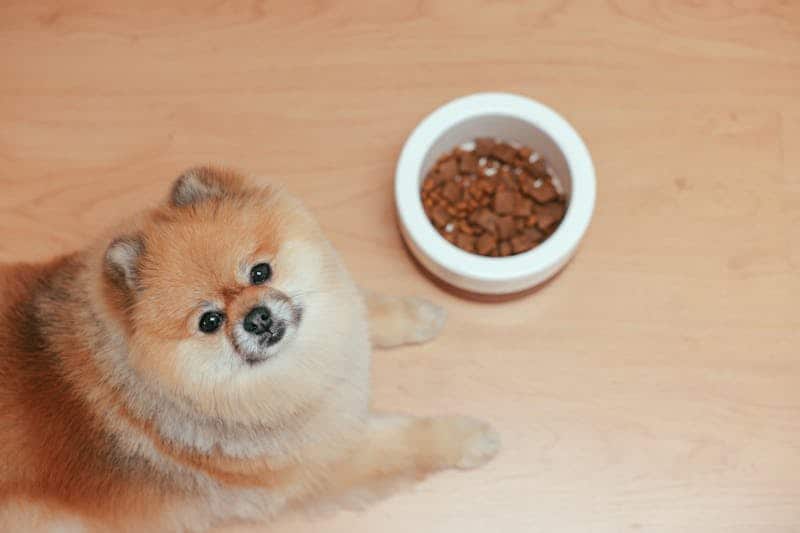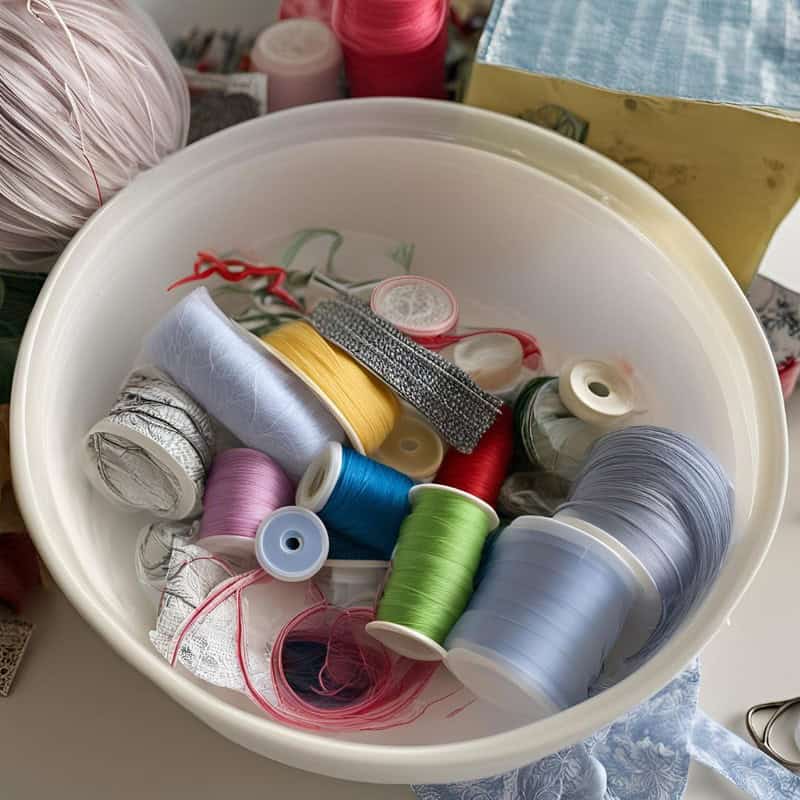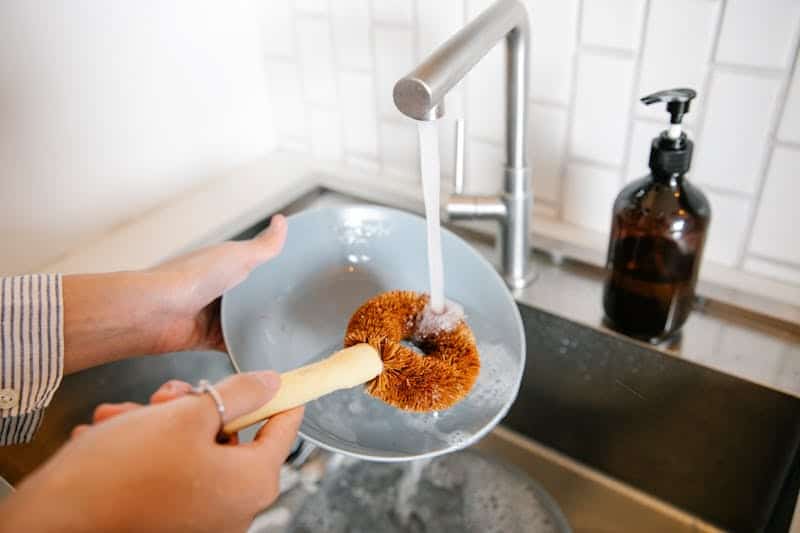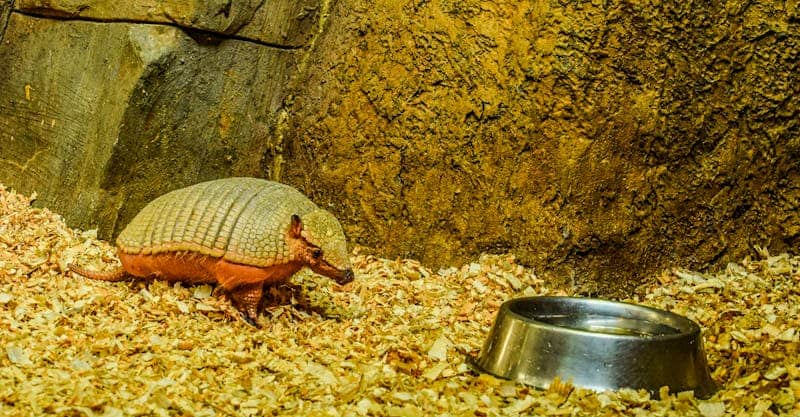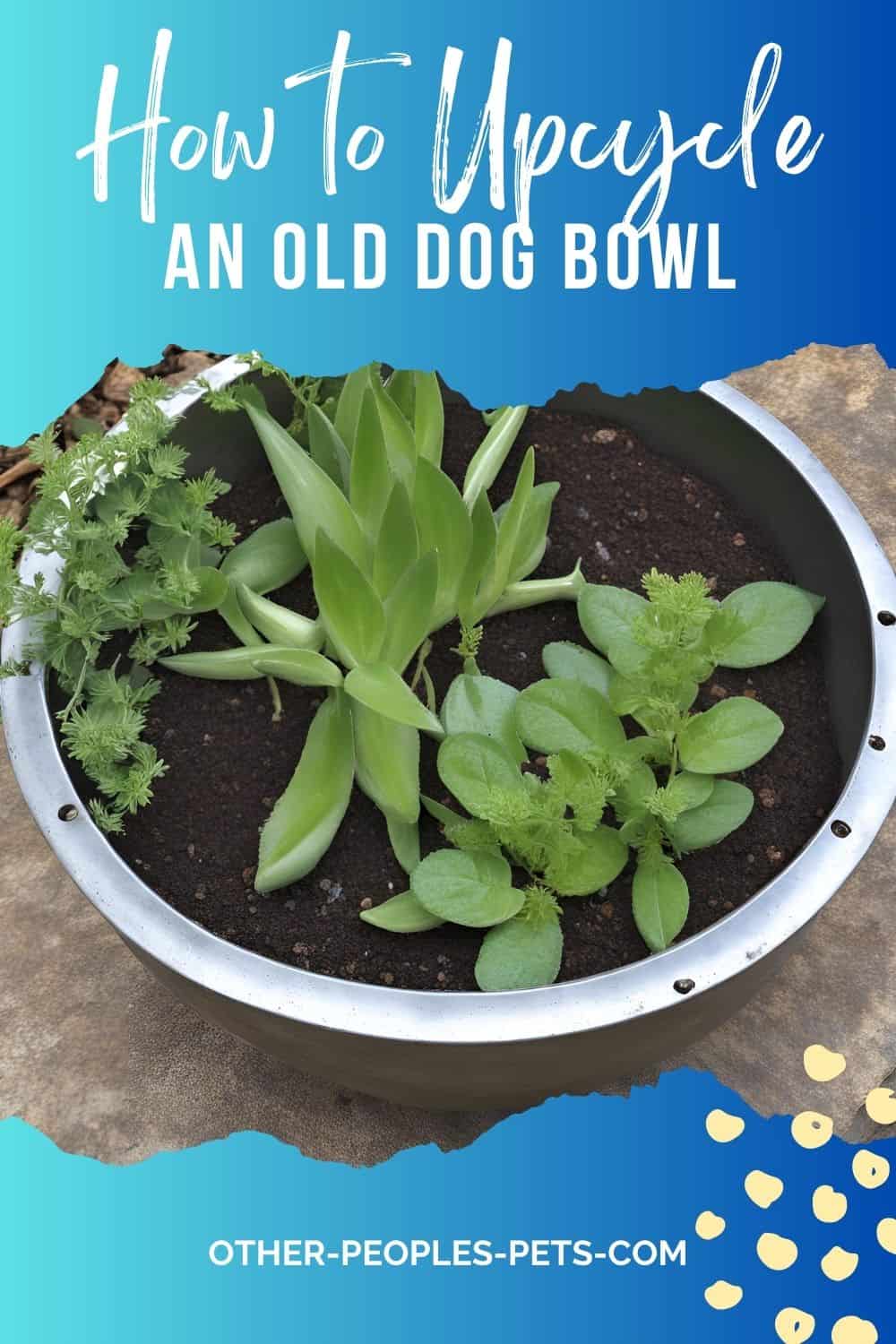Last Updated on June 8, 2024 by ellen
Got an old dog bowl lying around? Don’t toss it out just yet! Learn how to upcycle a dog bowl whether it is plastic, ceramic, or metal with these ideas.
Posts may be sponsored. This post contains affiliate links, which means I will make a commission at no extra cost to you should you click through and make a purchase. As an Amazon Associate I earn from qualifying purchases.
Table of Contents
How to Upcycle a Dog Bowl
Upcycling is an eco-friendly alternative that breathes new life into things you no longer use. Whether you’re a pet owner, a DIY enthusiast, or someone who cares about the environment, this guide offers creative and practical ideas for upcycling dog bowls.
Check out these ideas to upcycle a dog bowl instead of throwing it away.
What to Do with Old Dog Bowls
Before you think of discarding that old dog bowl, consider these creative upcycling ideas:
Turn it into a Planter: Add some greenery to your space by transforming the dog bowl into a stylish planter.
Organize Small Items: Use the dog bowl to store and organize small items like keys, coins, or crafting supplies.
Donate to Animal Shelters: If the bowl is still in good condition, why not donate it to a local animal shelter?
How to Turn a Dog Bowl into a Planter
Turning an old dog bowl into a planter is easier than you might think. Follow these simple steps:
Clean the Bowl: Ensure the bowl is thoroughly clean and free of any residue.
Drill Drainage Holes (if needed): If the bowl doesn’t already have drainage holes, drill a few at the bottom.
Add Gravel: Place a layer of gravel at the bottom to aid drainage.
Fill with Soil: Add potting soil up to about three-quarters of the bowl.
Plant Your Greenery: Choose your favorite plant and gently place it into the soil. Add more soil around the plant to secure it.
Voilà! You now have a unique planter that’s both functional and eco-friendly.
Can You Recycle Metal Dog Bowls?
Yes, metal dog bowls are generally recyclable. Most recycling programs accept stainless steel and aluminum, common materials used in dog bowls. Check with your local recycling center to confirm they accept metal items.
Can You Recycle Plastic Dog Bowls?
Recycling plastic dog bowls can be a bit more complicated. It depends on the type of plastic and your local recycling program’s capabilities. Look for the recycling symbol on the bowl, which will indicate the type of plastic used. If it’s recyclable, make sure to clean the bowl thoroughly before placing it in the recycling bin.
How Often Do Dog Bowls Need to Be Replaced?
Dog bowls need to be replaced based on their material and condition:
Plastic Bowls: Replace every 6-12 months, as plastic can develop scratches that harbor bacteria.
Metal Bowls: These are more durable but should still be replaced if they show signs of wear and tear.
Ceramic Bowls: Replace if there are any chips or cracks, as these can harbor bacteria and be harmful to your pet.
Donate to Animal Shelters
If your old dog bowl is still in good condition, consider donating it to an animal shelter. Shelters are often in need of supplies and will gladly accept donations of gently used items.
Why upcycle a dog bowl if you can donate it?
Other Items to Donate to Animal Shelters
Donating to animal shelters is a wonderful way to help pets in need. In addition to gently used dog bowls, there are several other items that shelters often require:
Blankets and Towels: Shelters use these for bedding, cleaning, and comforting the animals.
Leashes and Collars: These items are always needed for walking dogs and ensuring their safety.
Toys: Durable toys help keep animals entertained and mentally stimulated.
Pet Food and Treats: High-quality pet food and treats are always welcome and help maintain the animals’ health.
Cleaning Supplies: Items such as disinfectants, paper towels, and laundry detergent are essential for maintaining a clean environment.
Bedding: New or gently used beds and mats can provide comfort for shelter pets.
Grooming Supplies: Brushes, shampoos, and nail clippers help keep the animals well-groomed and healthy.
Pet Carriers and Crates: These items are useful for transporting animals safely to and from the shelter.
By donating these items, you can make a significant difference in the lives of homeless pets and support the vital work that shelters do. Or, you can upcycle a dog bowl instead.
Container for Organizing Small Items
An old dog bowl can make an excellent organizer for small items. Use it to hold:
Keys and coins on your entryway table
Craft supplies like buttons, beads, or thread
Office supplies such as paperclips, rubber bands, and push pins
Tips for Maintaining Dog Bowls
Proper maintenance of dog bowls is crucial to ensure your pet’s health and hygiene. Here are some tips for keeping dog bowls clean and well-maintained:
Clean Daily: Wash your dog’s bowls with warm, soapy water every day. This helps to prevent the build-up of bacteria that can cause illness.
Use Dishwasher: If the bowl is dishwasher-safe, run it through a cycle at least once a week for a thorough clean.
Inspect Regularly: Regularly check for signs of wear and tear, such as cracks, chips, or scratches. These can harbor bacteria and should be addressed promptly.
Separate Food and Water Bowls: Having separate bowls for food and water minimizes cross-contamination and makes it easier to manage cleanliness.
Proper Drying: After washing, ensure the bowls are completely dry before refilling them. Moisture can promote the growth of bacteria and mold.
Avoid Harsh Chemicals: Use pet-safe cleaners or a mixture of vinegar and water for cleaning. Avoid using harsh chemicals that could be harmful to your pet.
Replace When Needed: Even with the best care, bowls will need to be replaced periodically. Keep an eye on the condition of the bowls and replace them as necessary.
By following these tips, you can help ensure that your dog’s feeding area remains clean and safe, promoting better health and well-being for your furry friend.
Alternative Upcycling Ideas for Dog Bowls
If you’re looking for more creative ways to repurpose old dog bowls, consider these alternative upcycling ideas:
Bird Feeder: Turn your old dog bowl into a bird feeder by attaching it to a sturdy base and filling it with birdseed. Place it in your garden or hang it from a tree to attract birds.
Water Station for Wildlife: Create a water station for local wildlife by placing the bowl outside and keeping it filled with fresh water. This can be particularly useful during hot summer days or dry spells.
Candle Holder: Use the dog bowl as a base for a decorative candle holder. Fill it with sand or small pebbles to anchor a candle in place, creating a unique tabletop centerpiece.
Toy Storage: Repurpose the bowl as a storage container for your pet’s toys. This keeps toys organized and easily accessible.
Decorative Bowl: Decorate the exterior of the bowl with paint, fabric, or other materials to match your home’s decor. Use it to hold potpourri, decorative stones, or other ornamental items.
Pet Bathing Station: For smaller pets, an old dog bowl can serve as a convenient bathing station. Fill it with water and use it to give your pet a quick rinse or bath.
Compost Helper: Use the bowl to collect kitchen scraps for composting. Its durability makes it ideal for holding organic matter that will eventually be transferred to your compost bin.
By exploring these alternative upcycling ideas, you can find many creative and functional ways to give your old dog bowls a new purpose, reducing waste and contributing to a more sustainable lifestyle.
Conclusion
Upcycling dog bowls not only helps reduce waste but also gives you the satisfaction of creating something new and useful. Whether you turn it into a planter, use it for organization, or donate it, you’ll be making a positive impact on the environment.
Ready to start your upcycling project? Share your creations with us and join our community of eco-conscious DIY enthusiasts! How will you upcycle a dog bowl?

Ellen runs a small pet sitting business in southern Vermont. She has experience with a variety of small animals, dogs and cats. She has also cared for ducks, chickens and rabbits. Combined, she has over 20 years of experience in pet care and pet sitting.
